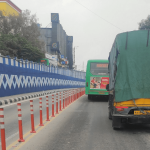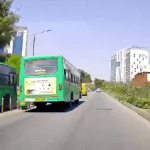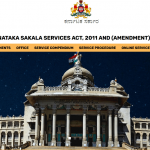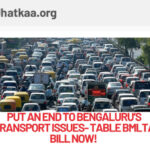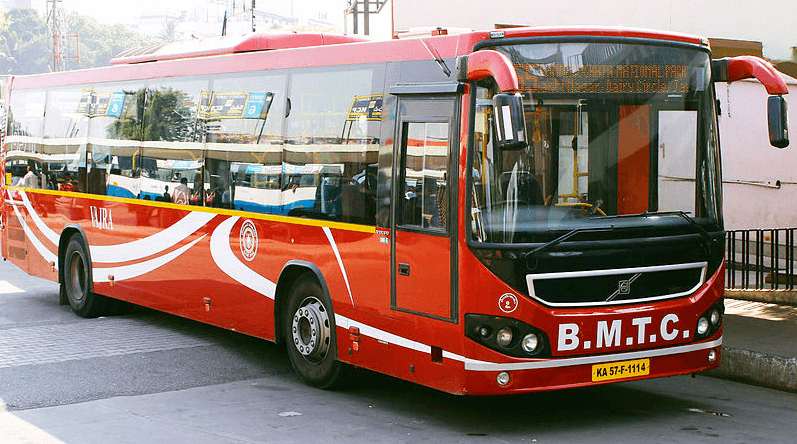
By Muralidhar Rao
There were old estimates that the city needed far more buses than the BMTC was operating, and it was also known that the need was being partially met by private operators. But, nobody knew that between the private operators and the schools, there were over six-times the numbers operated by BMTC. Kudos to Citizen Matters for bringing out these numbers (check here).
So, all in all, there are close to 50,000 buses on the city roads, apart from the ‘multi-coloured buses’ (mostly Tamil Nadu registered), and the inter-city operations. But, the fact is that, constrained as the private operators are because of being licenced under the most restrictive Contract Carriage Act (check here), their fleet is totally under-utilised.
The reality, however, is also that if the entire lot of 50000 buses is deployed intelligently, a large part of the public transport needs of the city can easily be met. Now, most certainly, a totally government-owned and thereby incapacitated BMTC can’t do it. And being a public utility area, you can’t possibly leave it totally to the private sector either. In such a scenario, why not combine the best of both worlds, and have the most equitable PPP model on the lines of the most successful Delhi power supply set-up (check here), which even an Arvind Kejriwal seems to have embraced? Quite like in the Delhi power supply model, you can have three or four (or even more) reputable players covering the entire city, while also catering to the different types of needs, all under the watchful eye of the UMTA (preferably reporting to a directly-elected Mayor, as envisaged in the B S Patil Committee report), who besides deciding the fare structure can provide a nominal 10% ‘return on equity’.
With improved efficiency, and UMTA in the picture for decision-making, the fare structure can be much lower than BMTC’s. If the government wants to afford further subsidies to select sections of the population, they can do so through DBT (as in the case of domestic gas supplies), rather than burdening the operator.
If such a scheme is put in place, most present car and two-wheeler users will readily switch to public transport, at least for their work-day commute. Simultaneously, if congestion and parking charges are introduced (resistance to which will be much lower now), the travel can become faster too.
The bus, being the most versatile of all public transport modes, will account for a huge share of the ‘trips’ made in the city. But, of course, when the city expands to the extent Bengaluru has, you will need the Metro too, which is easily the best option for long intra-city travel.
Muralidhar Rao is a civic activist from Koramangala.

